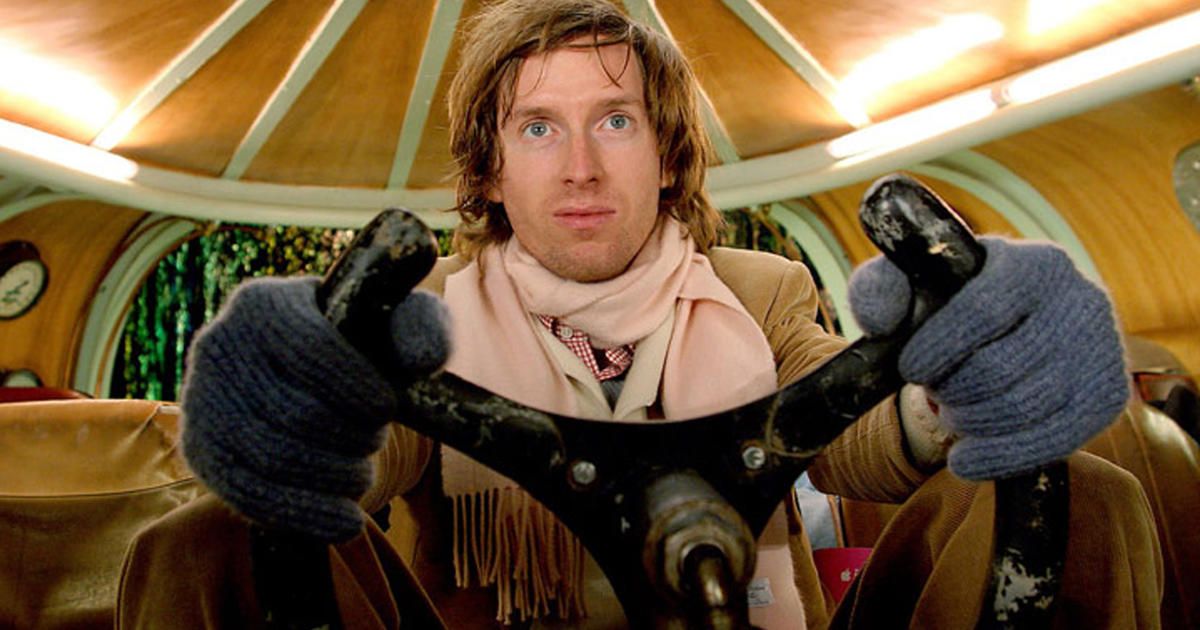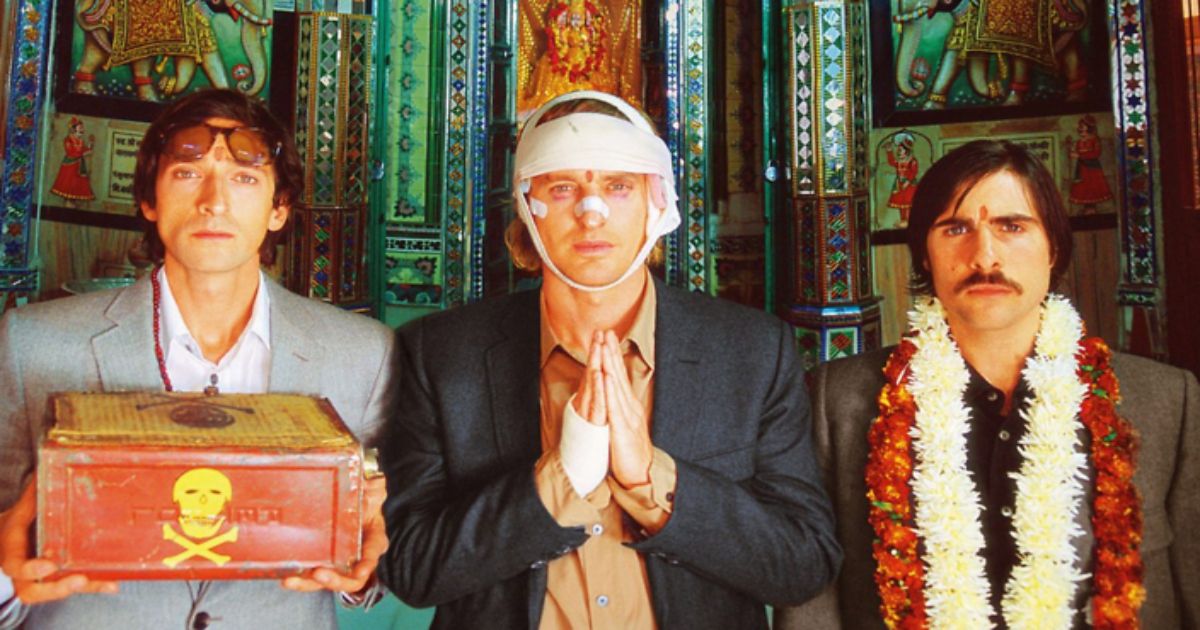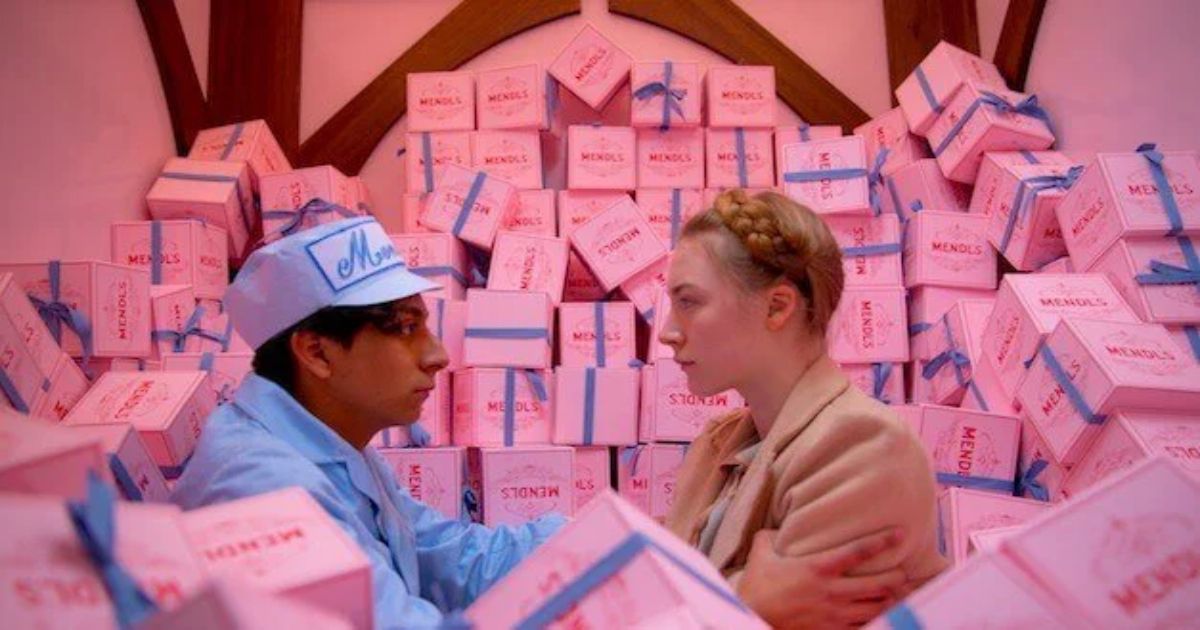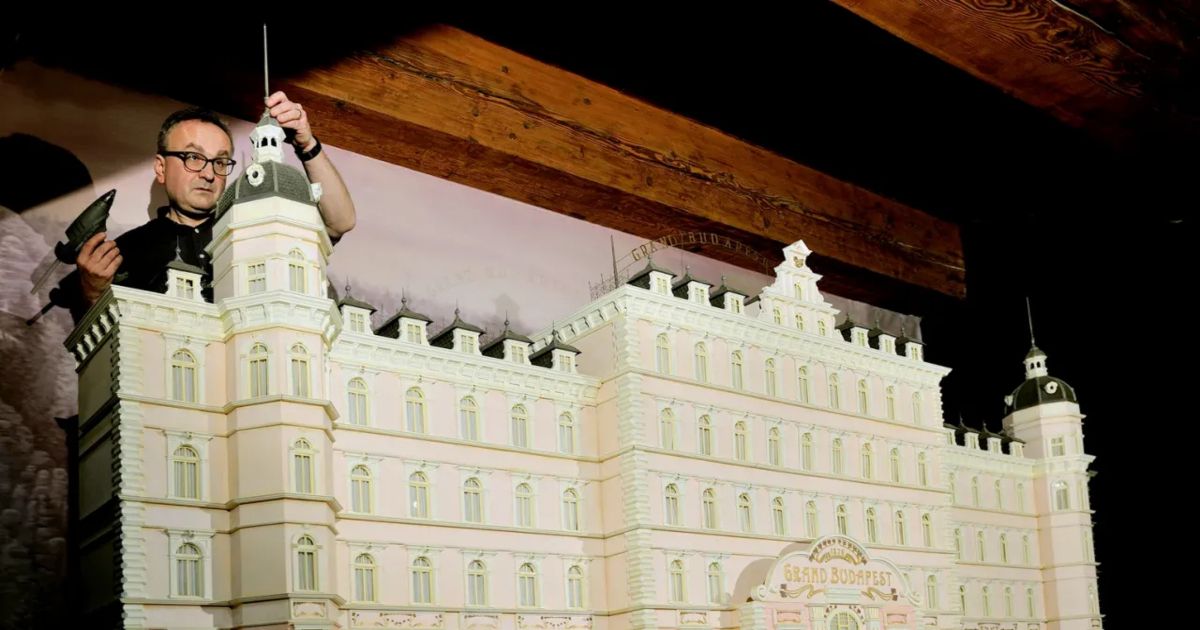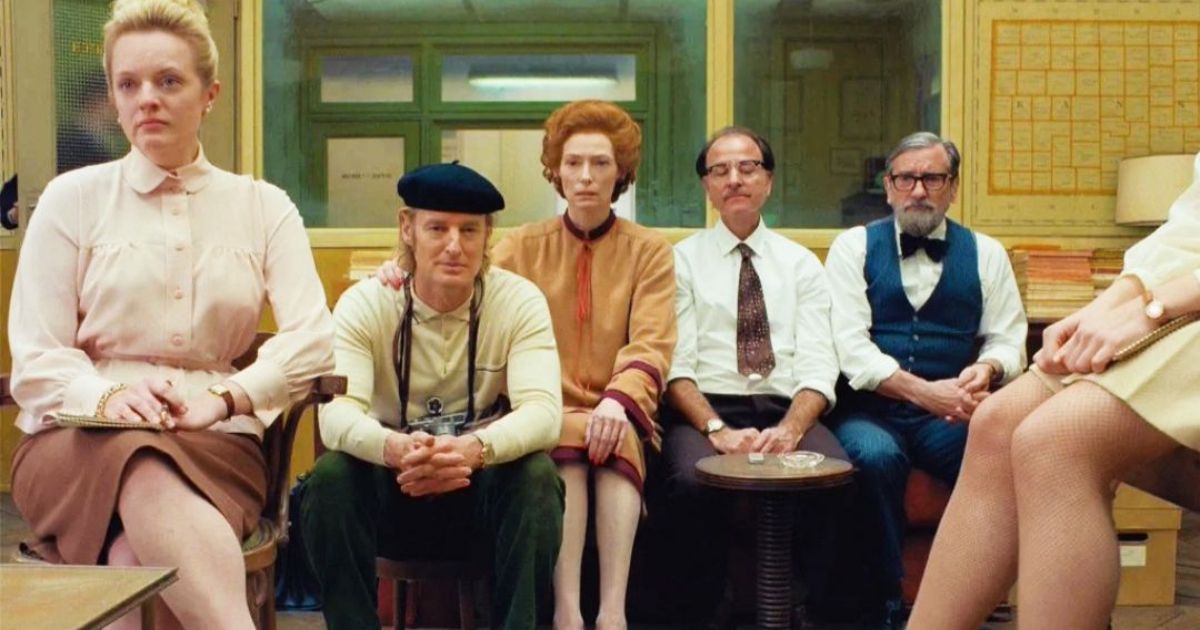Mathematics at school, a subject that is often greeted with collective groans, shared dread, and the inevitable “why can’t we just use a calculator?" Yet, despite it being a subject despised by so many, it is steeped in a rich history of genius, from Isaac Newton to Alan Turing; math has supplied us with forward-thinkers, code-breakers, and even filmmakers, gifting us a true icon in modern cinema, Wes Anderson.
Those perfectly symmetrical set designs, immaculately linear shots, and at times, seemingly 2D backgrounds reminiscent of a theater set; mathematical precision has certainly sculpted the way the Rushmore director makes his films. From flagship titles such as The Grand Budapest Hotel and Fantastic Mr Fox to the more recent the French Dispatch, Anderson has cemented himself as a real, contemporary bastion of cinema. Yet, what is it that makes his movies so special?
It’s rather surprising that, despite his attentive and obsessively meticulous nature manifested in his screenplays and purportedly ever-present in his directorial methods, Anderson didn’t attend film school, and instead elected to study philosophy at university. While his active interest in film and production was clear from an early age, it wasn’t until he met the actor Owen Wilson at screenwriting classes that his career in movies began to take its form.
A Consistent Wes Anderson Style
Anderson has maintained a distinctive, quirky, and clear style throughout his filmography. While there has been a coherent transition from his debut Bottle Rocket through to his latest, The French Dispatch, the precision of his cross-cutting, the specificity of his sets, and the sharpness of character dialogue have remained key features. For cinephiles, Anderson’s movies are a source of light-heartedness, spiritedness, and a real sense of joy via their unique eccentricities, devious wit, and the peculiar yet incredibly distinguishable style of each one of his pictures.
His use of a kind of super-symmetry in nearly every shot, his iconic scenes with some of the best needle drops of all time, his use of artful slow-motion, his re-casting of the same actors, and the endearing artificiality of many films have all remained consistent in his work, creating an oeuvre that is as distinctive as any other auteur.
The Wes Anderson Color Pallette
The carefully curated color palettes of each Wes Anderson film provides a fresh, childlike, and almost animated canvas for his weird, wonderful, and wacky characters to ooze personality. Like Jean-Luc Godard, primary colors are very important for Anderson and remain a constant, but his movies all rely on their own specific colors to create unique personalities.
From the perfect blues and yellows of The Life Aquatic to the saturated browns and yellows of Moonrise Kingdom, the more pastel pinks and purples of The Grand Budapest Hotel and the whites and blacks of The Darjeeling Limited, Anderson finds the perfect colors for each film. In a magical way, the writer/director manages to explore hard-hitting complexities of adult life at times, all while successfully sustaining a whimsical, fanciful tone that doesn’t deviate from providing us with laughter in an understated and subtle way. Using his bright colors and similarly bright music, he can somehow address heavy topics like suicide, divorce, and war without becoming mired in despair.
Stylish Set Design
The Texan director often utilizes miniature models in his movies. Due to his immaculate precision, the use of miniature sets allows for ultra-detail and exactitude. Simon Weisse is the craftsman behind the ingenuity of many of Anderson’s most prodigious sets, having handmade the literal Grand Budapest Hotel, as well as designs for The Isle of Dogs and The French Dispatch. The bespoke appearance of many of Weisse’s creations are perhaps more befitting of the stage than of the silver screen (as are the frequent curtains and intertitles Anderson uses), yet through their extreme detail, they are brought to life by Anderson’s directing approach.
Ensemble Cast and Anderson's Crew
Usually, Anderson movies feature an ensemble cast, and not just in front of the camera. A stellar ensemble of craftspeople and creative technicians and artists usually operates at the behest of the director (and one certainly doesn’t envy those responsible for developing Anderson’s film posters and the arduous task of trying to fit all the A-list names on them). Robert Yeoman, one of the greatest cinematographers of all time, has shot eight of the director's films; Mark Mothersbaugh did the music for his first four films while Alexandre Desplat has done the music for six of them, and all the films have Randall Poster as a musical supervisor.
Wes Anderson’s gravitational pull for acting talent is exceptional, and most of his films feature recurring stars (the same seven actors have been in at least five of his films). No matter how small or large the role, he craftily masters the art of making use of each and every actor at his disposal, whether it be Bill Murray’s 30-second cameo at the beginning of The Darjeeling Limited, or an entire production of The Ralph Fiennes Show (a.K.a The Grand Budapest Hotel). While the brilliance of his cast helps reduce the difficulty of trying to stand out in a massive ensemble, Wes Anderson manages to communicate his vision and style with such conviction that never has an actor appeared out of their depth, or out of place in his flicks.
The ability to project one’s creativity and imagination fruitfully, especially in collaboration with so many people, separates the great from the good. Studying the great artists of the past centuries, one would typically associate particular attributes with specific artists; whether it be Picasso’s cubism, Van Gogh’s post-Impressionism, or Andy Warhol’s garish pop-art, most would be able to discern their work in a room full of paintings. The same can be said for the films of Wes Anderson; no one will ever mistake them for anyone else's work. In an industry where staying relevant and continuously reinventing oneself is treated with the utmost importance, Anderson is seemingly an anomaly, and has concocted this perfect, unmistakable, nearly mathematical formula that makes his movies so special.

